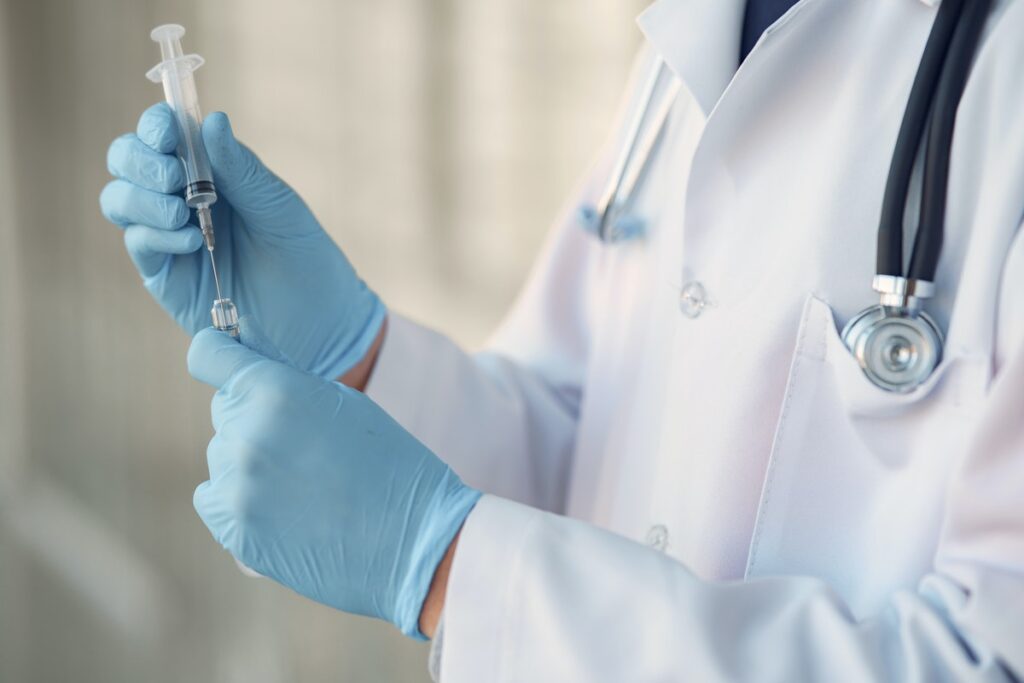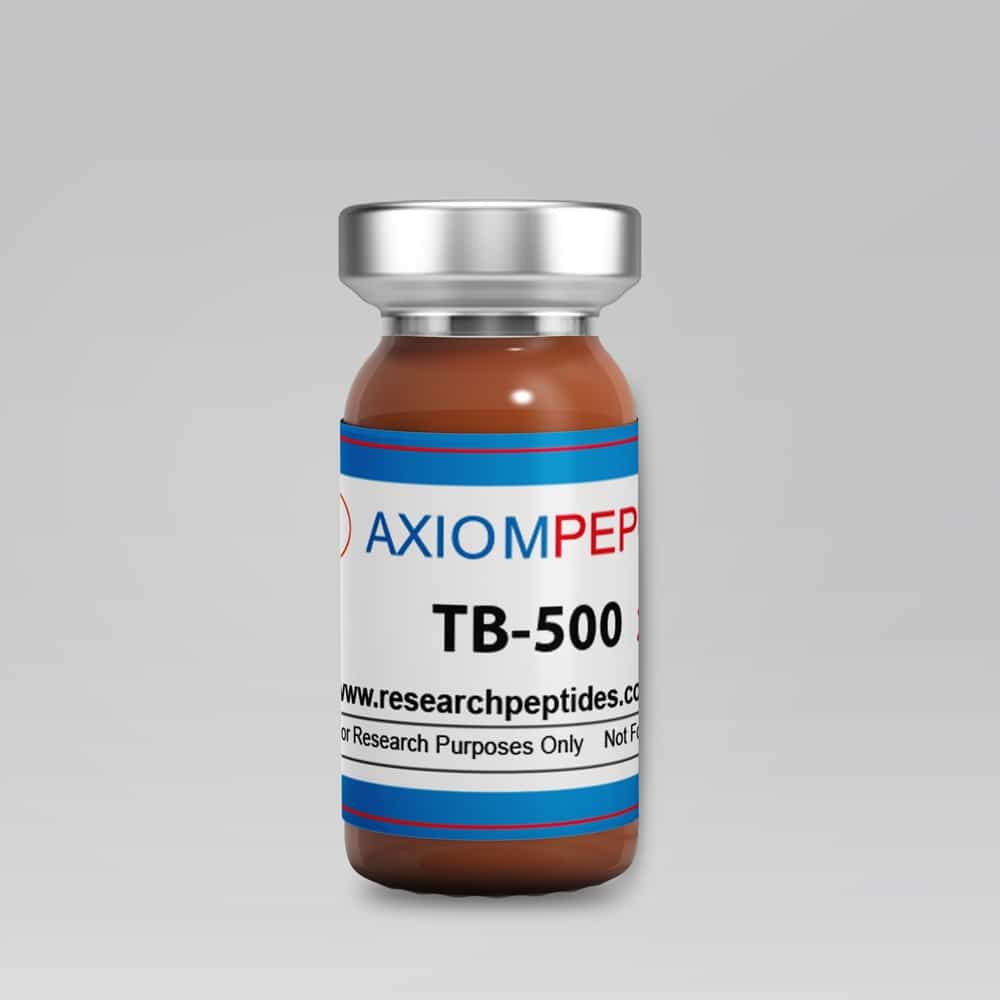
Dq August 2nd Issue 2011 By Dataquest
Selecting Modern Technologies For A Big Data Service In The Cloud Ppt
I store yet-to-be-started lip balms and body butters in my refrigerator. Something like a lip balm is developed to soften when pushed against the skin, however not thaw. To this end lip balms include wax, which have greater melting factors that butters and fatty thickeners. Beeswax thaws around 63 ° C( 145 ° F), and when it is contributed to formulas in substantial amounts (typically above 20%) it generally increases the melting point of the item over body temperature level.
Is _____________ Component Safe?
The lotions we normally create at home often tend to be oil-in-water emulsions, so in that instance the bigger the oil (interior) phase, the thicker the end item. An oil-in-water lotion with a 25-- 30% oil stage will certainly be dramatically thicker than a cream with a 15% oil phase, even if the 15% oil phase contains other thickeners like cetyl alcohol or periodontals. Please keep in mind that the stability of solutions is often affected by the thickness; if you drastically thin out a solution you might come across stability concerns. Brambleberry has one that looks excellent (their high sudsing one also looks excellent!), and it's much more affordable than Dr. Bronner's. You obtain 2lbs (0.9 kg) of pure paste for the same price as 2lbs of pre-diluted Dr. Bronner's. According to Brambleberry, 2lbs of fluid soap paste can make 7-- 8lbs of watered down soap, to make sure that means you would certainly rise to 4x as much liquid soap out of that paste, suggesting it's a quarter of the cost!
Hi There, I'm Just Obtaining The Old Emails!

Why Are Your Solutions Offered Both On Youtube And The Blog?
Did you make use of mineral-rich well water rather than pure water? Every one of these factors (and much more) can impact the shelf life of your product. With all these variables, it is flat-out difficult for me to give you a specific service life. Possibly at the very least a year (yet also please don't spit in your formulations). Titanium dioxide (and several other fine powders) are flawlessly secure as long as you do not inhale them. Some citrus necessary oils are phototoxic in leave-on items.
When you are making soap the idea is to constantly use more fat than the lye can exchange soap. This stops the visibility of any excess lye in the ended up bar, which means it will be a good, gentle bar, and will certainly not be irritating. You can't, and I wrote an entire article on why-- you can review it here. The standard pH of soap is an important part of its soap-ness.
- I enjoy to instruct individuals exactly how to make points for themselves, their friends, and their family members.
- Normally speaking, include less of what is making it hard/thick, and more liquid/soft ingredients.
- A wide spectrum is something like Liquid Germall Plus or Phenonip.
- So, yes, there is likely a tiny amount of hefty metals in your makeup (and food), yet we're speaking components per million-- this is exceptionally low.
- For this info I would suggest referring to the Cosmetics Details data source.
You can likewise look at the dimension of the plan I advise; that'll offer you a respectable concept. That watering down a formulation by 90% would not meaningfully modify the pH rather resists reasoning, so I did a comparable experiment. I developed 10%, 20%, 30%, 40%, and 50% dilution testing services of a formulation. I likewise examined the formula at 100% concentration as it was thin adequate to do so. In that article she demonstrates that the pH of watered down examples does not start to drift towards the pH of the diluent (distilled water) up until the dilution dips below 10%.

Health food shops might have some of the things you're seeking, however they are often much more https://seoneodev.blob.core.windows.net/pharma-warehousing/compounding-pharmacy/biotechnology-innovations/tb-500-healing-and-recuperation.html expensive. As a Canadian, I don't have easy accessibility to every little thing Americans do-- I'm extremely acquainted with not being able to buy things locally (or perhaps country wide). I understand the headache of global shipping, currency conversions, and obligation fees. I'm frequently responding to people asking me if I have projects using X component with "no, I can not get it in Canada". When it involves some of the extra common oils, it can be simpler to buy food-grade, and that can be ok.
That's not 100% precise as 1% of 101g (initial recipe + weight of the chemical) will be simply over 1g, yet with the small batches we're working in the the accuracy degree of the scales we've accessed home, I consider it to be close enough. Please see my Resources web page for a checklist of links to locations to buy active ingredients including chemicals. So, with all that in mind, for reasonably foolproof preserving, I normally use Liquid Germall Plus.